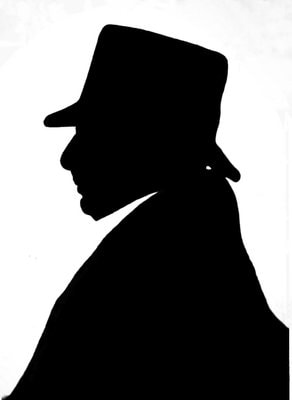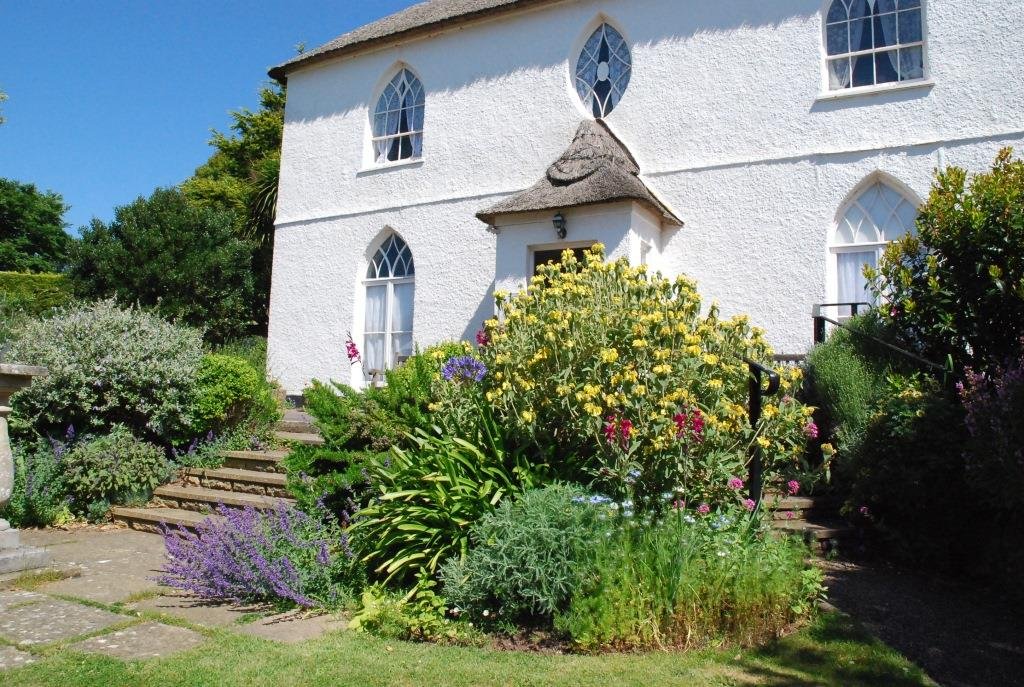fairlynch museum history
Fairlynch is an educational charity, staffed entirely by volunteers and financed by donations. It is housed in a pretty Grade II Listed Georgian thatched cottage beside the sea.
1810The building that now houses Fairlynch Museum and Arts Centre was built by local ship-owner Matthew Lee Yeates.
It was then called Primrose Cottage. Typical of a marine cottage orné, an unusual feature is the double-wing staircase and the thatched turret or belvedere is said to have been built so that Yeates could see his ships out in the bay. |
|
|
|
|
1967Four local women purchased Fairlynch as an Arts Centre and Museum for the town.
Our late President, Joy Gawne, who died in 2024 at the age of 103, was the last surviving member of the quartet of local women who bought the house. She and her two sisters Elizabeth and Aalish had a large collection of period and theatrical costumes they wanted to house and display, while their friend Priscilla Hull wanted to exhibit art, archaeology and geology. Her father George Carter had been excavating and investigating locally since the 1920s and his collection of finds deserved a wider audience. She contributed historic paintings of local buildings and people as well as her lace collection, among many other things. |
|
|
|
|
|
|
|
|
1983
Fairlynch welcomed its 100,000th visitor!
|
|
1988The Regency-style garden was designed by Jenefer Slater to complement the building.
Fairlynch's gardens are a showpiece of the town, regularly winning the top prize in community gardens competitions. They display mainly plants which would have been popular at the time when the house was constructed. |
|
|
2000Fairlynch displayed Sir John Everett Millais’ famous painting The Boyhood of Raleigh for the second time, kindly loaned by the Tate Gallery.
We were able to show the painting for a third time in 2018, to commemorate the 400th anniversary of the execution of our local historic celebrity. The painting was made while Millais stayed at ‘The Octagon’ building close to Fairlynch and depicts the artist’s son playing the part of Raleigh, sitting at the foot of the seafront wall, which is still there today. |















